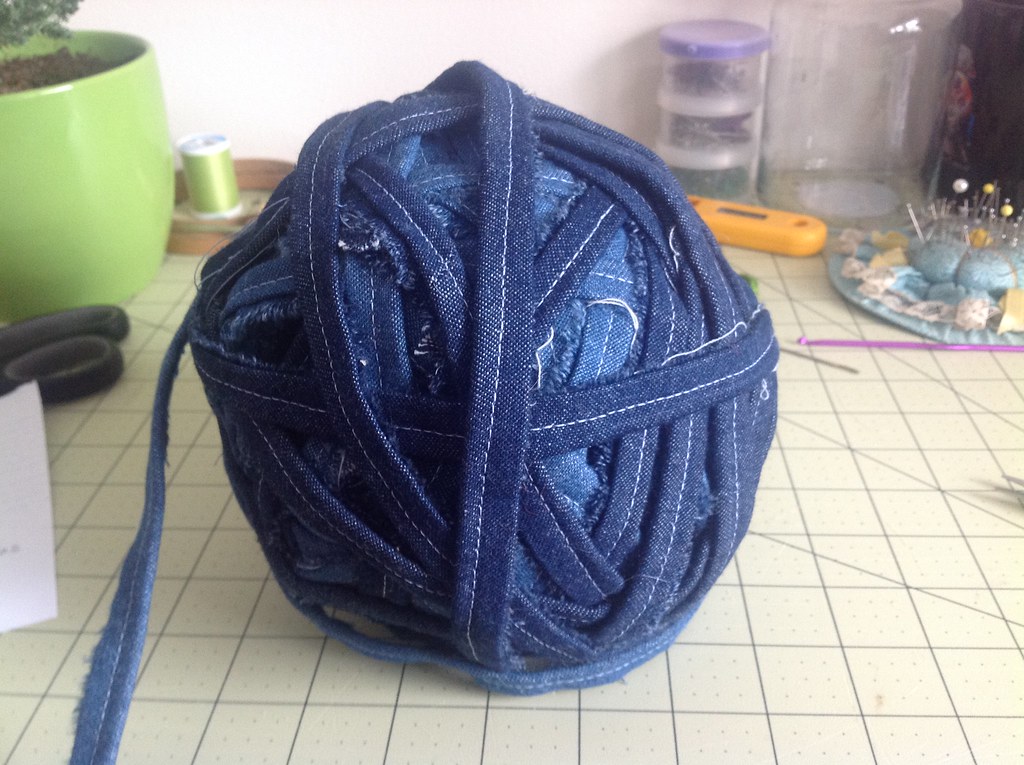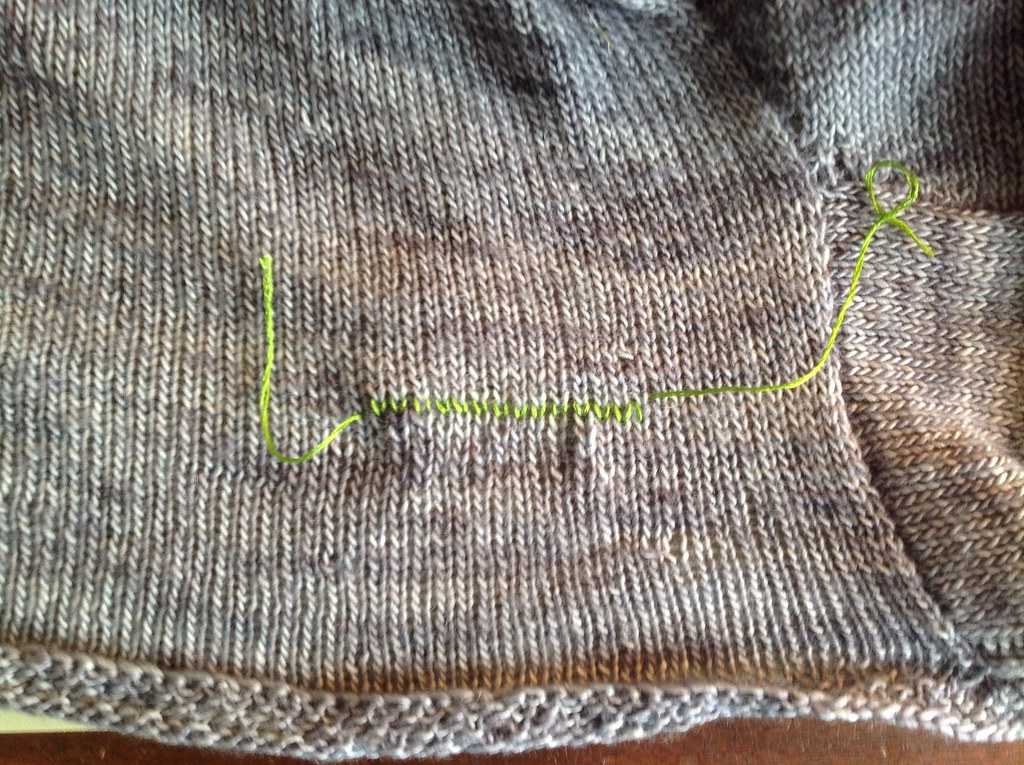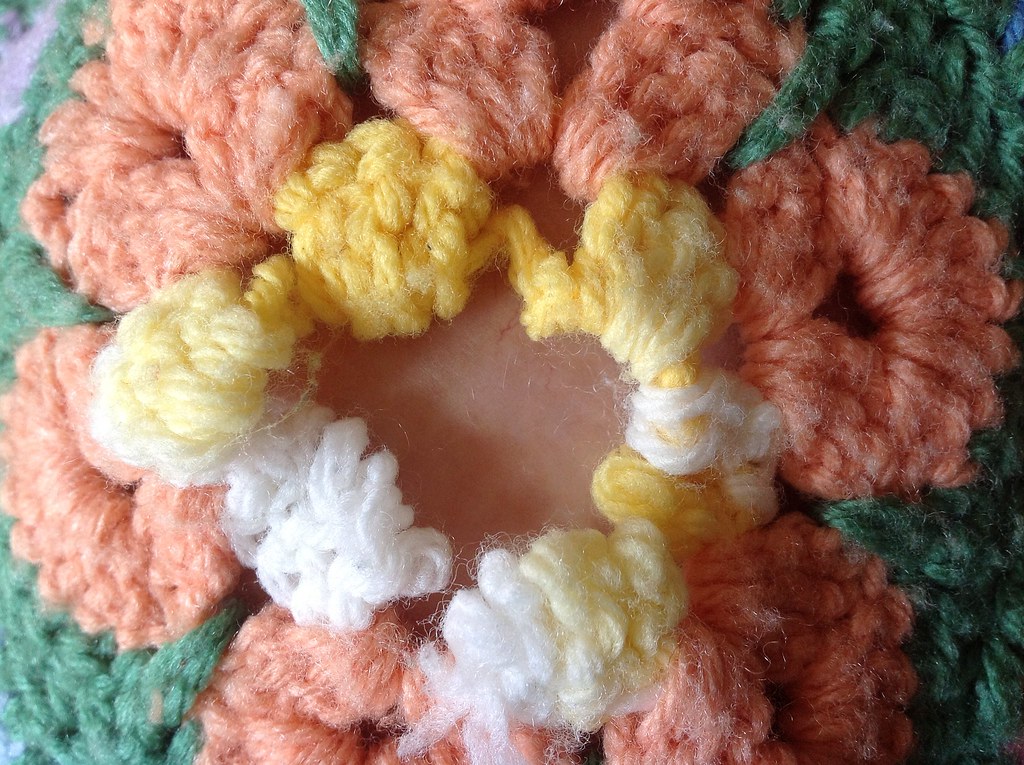Snow!
This morning I awoke to a familiar hue of light – grey and still. There’s a nearly indescribable quality on mornings after a snowfall, as the bluish/whitish light from the clouds is reflected off of the snow, sneaking through blinds and curtains. When I lived in New York and Massachusetts, it was fairly common (as every week brings multiple snowfalls, some big some small), but now that we live outside of Richmond, any snowfall is a much rarer event.
And this snowfall was made more special because it’s the very first snowfall of the year – seemingly apropo of my blog post two days ago.
 |
| All I can say about the Annie’s Project is it involves this really big ball of rags. Peake keeps trying to figure out how to steal it. |
Earlier this week I bought myself some maple syrup (overpriced and… I’ll be a little snobby – not as good of quality as the stuff I’m used to), as I was feeling a hankering. Sugaring season is at least a month away, but I was feeling the need. There’s nothing like the taste of sweetening your tea with maple syrup, or putting it in yogurt, or drizzling it over oatmeal like I did this morning.
Today is a day for tucking in and getting crafting done. Unlike many around me, I don’t have a snow day today, but I can at least allow myself to do the fun parts of my job: like plugging away on the project I’m doing for Annie’s Crochet!, or working on the sample for the class I’m teaching at Fibre Space in two weekends. It’s a day for a big pot of tea, and soup at lunchtime.
I’ve also been working on a bunch of repair work lately, which has been satisfying. I really love doing repair work, and I’m working this year on documenting my process a little bit more. Part of that is taking pictures, like this one:
 |
| Repair work on a cardigan in lace weight single-ply yarn. I can’t even imagine knitting it. |
Last two tidbits: I sent out my last newsletter last Friday, talking about teaching dates. If you don’t subscribe, you can do it on the website with the little tab to the left. It’s a good way to keep track of what’s going on.
I’ve also been a lot more active on Twitter lately. If you’re interested in seeing a bit more of my behind-the-scenes process, you should follow me on twitter.



